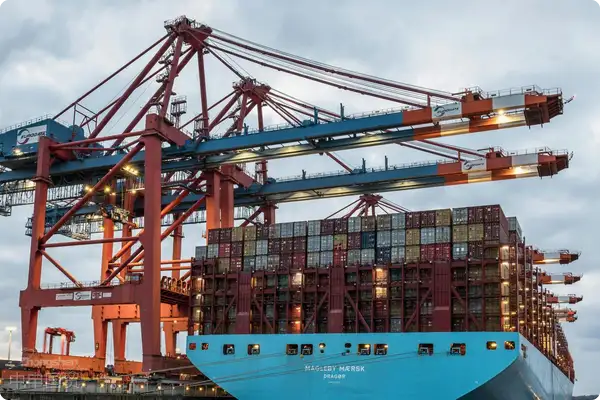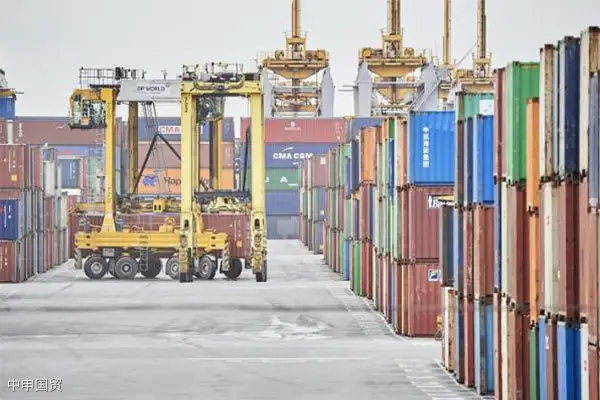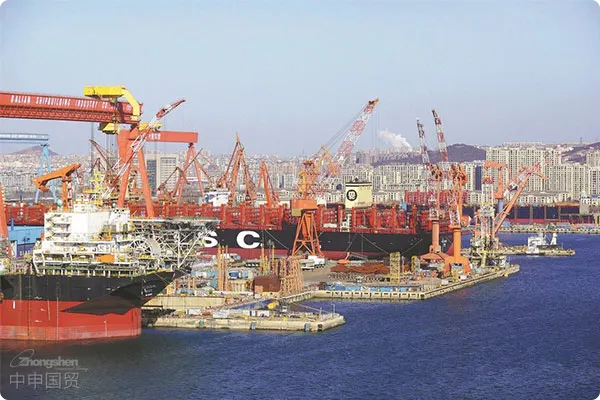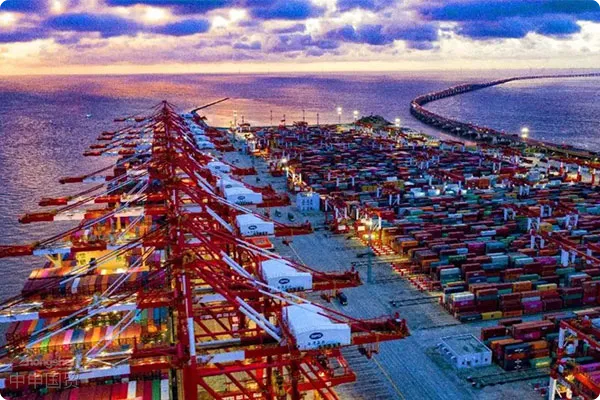- Shanghai Zhongshen International Trade Co., Ltd. - Two decades of trade agency expertise.
- Service Hotline: 139 1787 2118

Why Do Food Equipment Imports Frequently Experience Customs Jams?
2024 General Administration of Customs data shows food processing equipment rejection rates increased 23% year-on-year, with 74% of declaration anomalies concentrated in three issues:Missing sanitary license certificates,Non-compliant equipment material certificatesandIncorrect declaration of new/used status. A Jiangsu enterprise importing Italian pasta production lines had $1.8 million worth of equipment detained at port for 47 days due to failure to provide heavy metal test reports for stainless steel components.
The Cost Game Between Professional Agents vs Self-Filing
Comparing customs clearance data from 2023-2025 in the Yangtze River Delta region reveals:
- Clearance time differences
- Professional agents: average 3.8 working days
- Self-filing: average 9.2 working days
- Probability of additional costs
- Professional agents: 12%
- Self-filing: 67%
Four Steps to Decipher Professional Agents Clearance Codes
Phase I: Equipment Pre-classification Diagnosis
After implementing the 2025 HS code revision, 3 new sub-categories were added for food machinery. Professional agents can accurately identify key tariff codes like 8538.10 (thermal processing equipment) or 8438.90 (other food processing machinery) by pre-reviewing equipment drawings and process flow charts.
Phase II: Technical Documentation Matrix Construction
A German baking case shows agencies need to prepare:equipment. For example, Indonesia has the SNI certification, Thailand has the TISI certification, and the Philippines has the BPS certification. It is necessary to confirm in advance the equipment voltage (such as 380V/50Hz in Thailand), the compatibility of the CE certification, and the proof of environmentally friendly materials.EU CE certification for food contact material declarations
- EU CE certified food contact material declaration
- Equipment energy consumption test report (compliant with GB 28380 standard)
- Original manufacturer-issued NSF certification for lubricants
Case studies on coping with 2025 customs clearance new regulations
A Shanghai-based enterprise encountered the following when importing Japanese low-temperature sterilization equipment:
Key issues:Customs required radiation component safety certification
Solution:The agency coordinated with the Japanese party to issue JIS B 9910 test report while simultaneously applying for special goods health quarantine approval, keeping port detention within 72 hours.
Four-dimensional evaluation model for agency service selection
- Qualification dimension:AEO Advanced Certification + dual filing for mechanical & electrical import qualifications
- Technical dimension:Minimum 3 successful import cases (same equipment type)
- Emergency response dimension:Port coordination response time ≤2 hours
- Cost dimension:Adoption of segmented pricing (pre-arrival costs ≤40%)
When customs fully implements the smart image review + risk parameters supervision model in 2025, professional agencies predictive capabilities will become the core competitiveness for avoiding clearance delays. Choosing service providers with dynamic database updates can effectively adapt to real-time changes in equipment classification and inspection standards.
Related Recommendations
? 2025. All Rights Reserved. Shanghai ICP No. 2023007705-2  PSB Record: Shanghai No.31011502009912
PSB Record: Shanghai No.31011502009912










